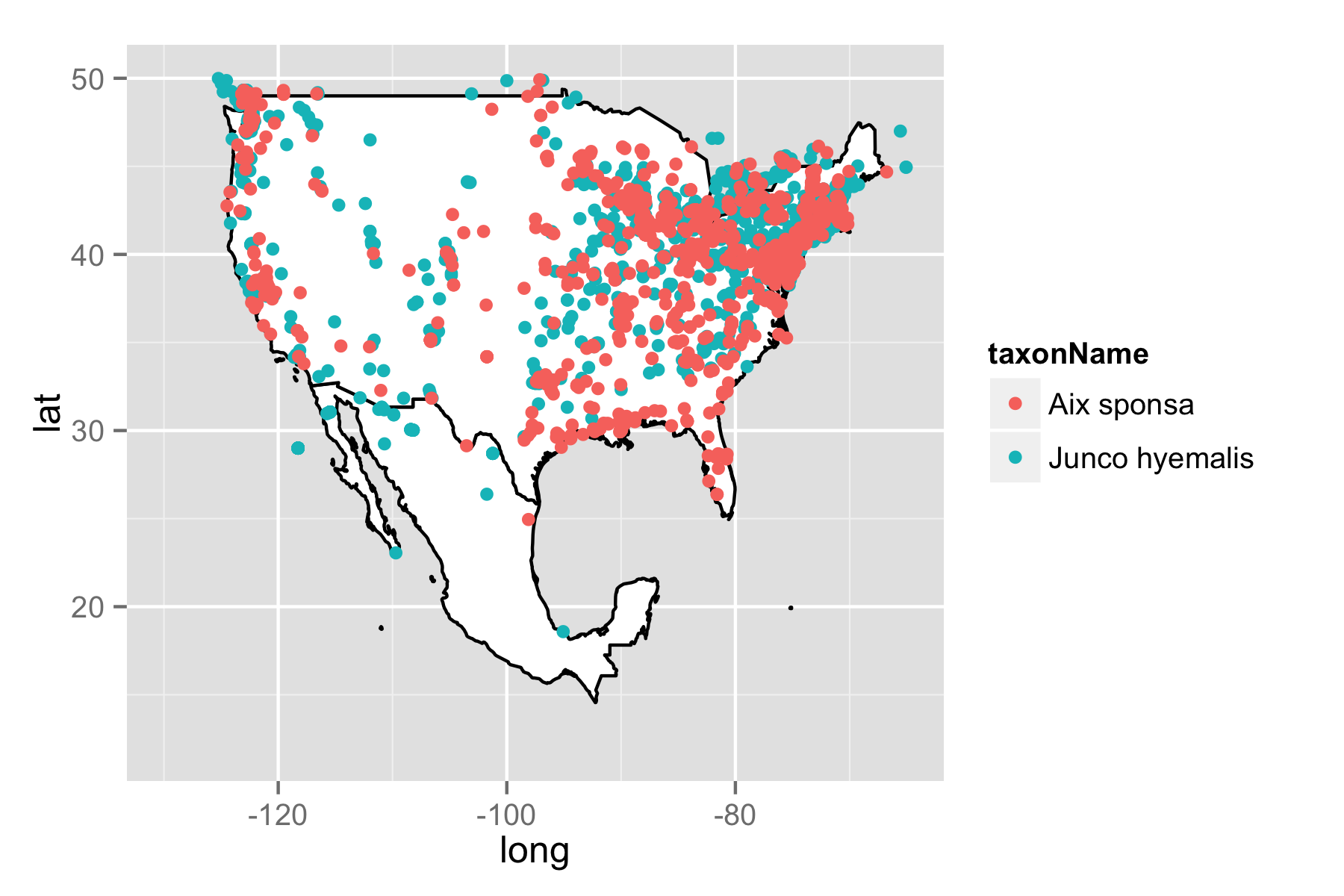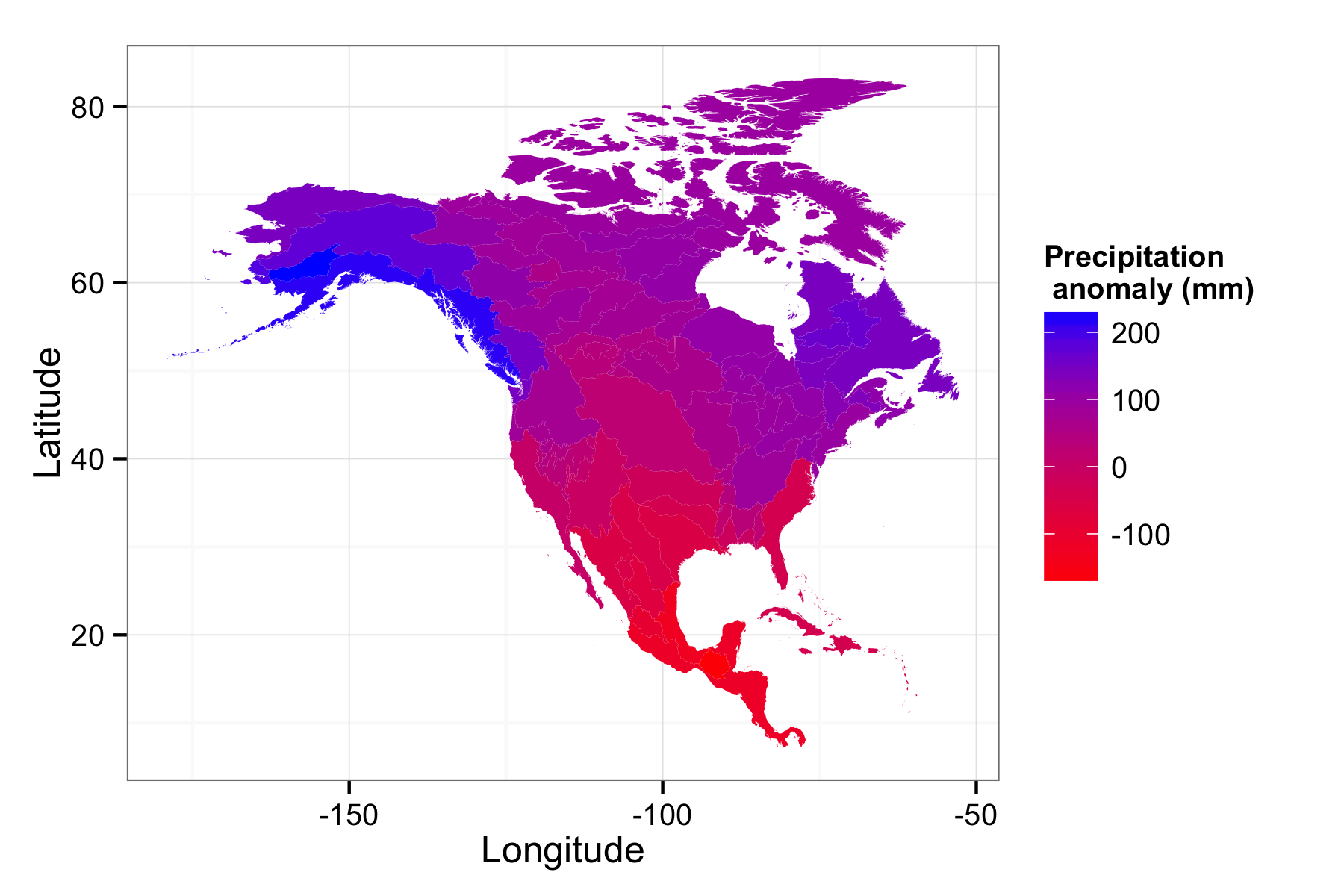Previously on this blog we have discussed making geojson maps and uploading to Github for interactive visualization with USGS BISON data, and with GBIF data, and on my own personal blog. This is done using a file format called geojson , a file format based on JSON (JavaScript Object Notation) in which you can specify geographic data along with any other metadata.
Messages de Rogue Scholar

One of our primary goals at ROpenSci is to wrap as many science API’s as possible. While each package can be used as a standalone interface, there’s lots of ways our packages can overlap and complement each other. Sure He-Man usually rode Battle Cat, but there’s no reason he couldn’t ride a my little pony sometimes too. That’s the case with our packages for GBIF and the worldbank climate data api.

A recent video on the PBS Ideas Channel posited that the discovery of climate change is humanities greatest scientific achievement. It took synthesizing generations of data from thousands of scientists, hundreds of thousands (if not more) of hours of computer time to run models at institutions all over the world. But how can the individual researcher get their hands of some this data?
Previously on this blog and on my own personal blog, I have discussed how easy it is to create interactive maps on Github using a combination of R, git and Github. This is done using a file format called geojson , a file format based on JSON (JavaScript Object Notation) in which you can specify geographic data along with any other metadata.

For a current project I'm currently working I show organism distributions using data from GBIF, and I display that data on a map that uses the equirectangular projection.

I started this blog with the goal of documenting my own efforts to make a database of evolutionary trees, based on ideas sketched in hdl:10.1038/npre.2007.1028.1. I've felt that the major task is link phylogenies to other information, such as taxon names, specimens, localities, images, publications, etc. That is, to embed trees in a broader context.